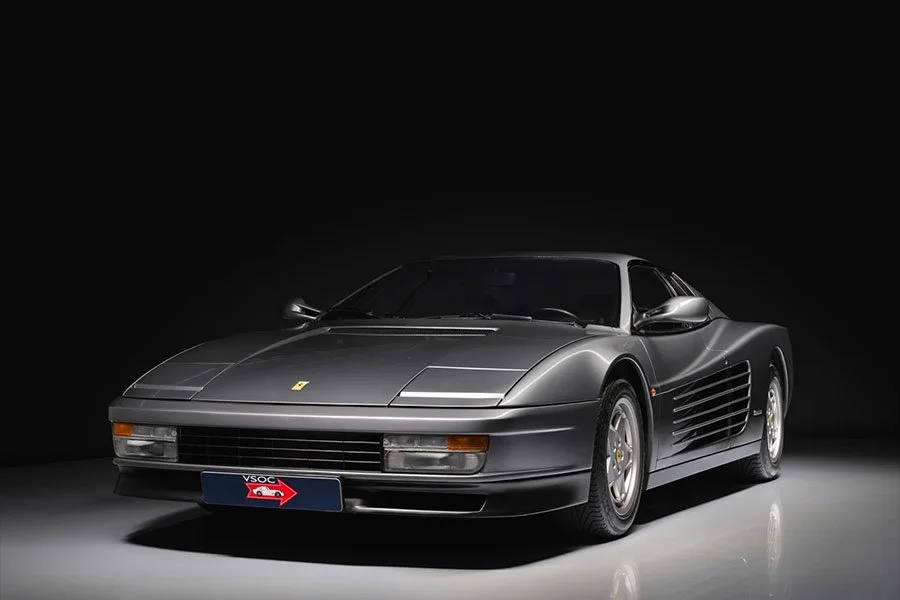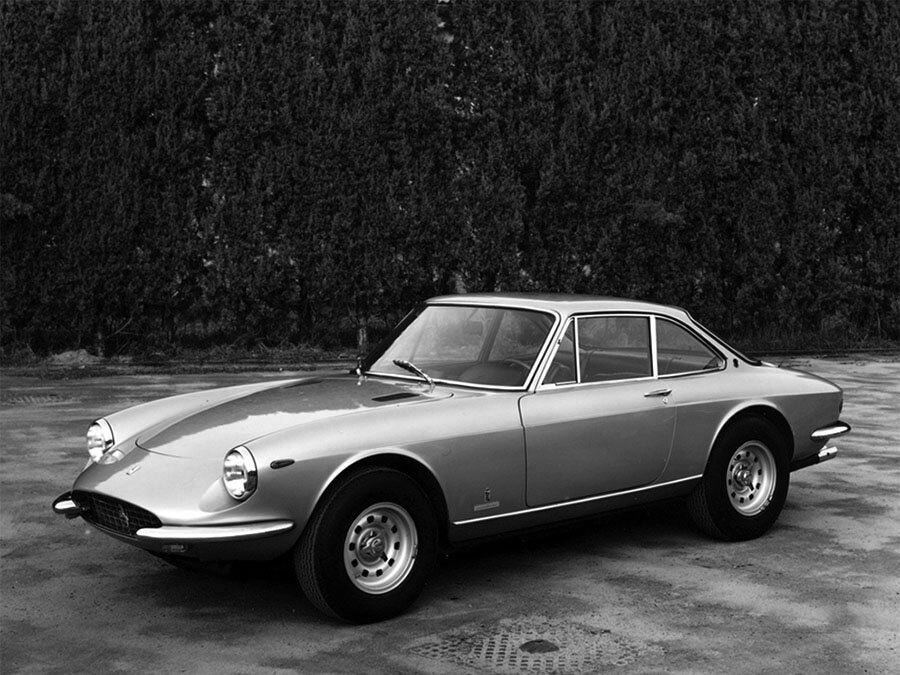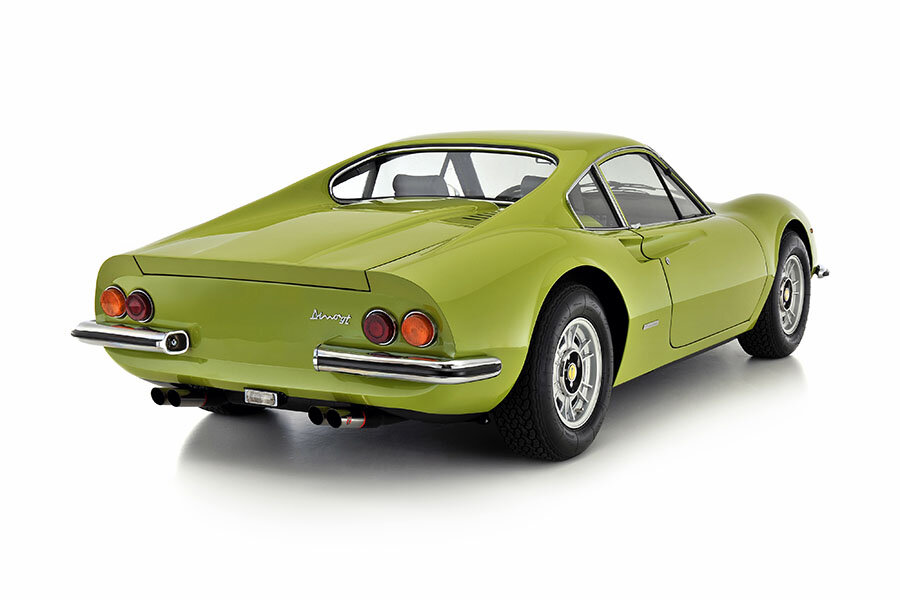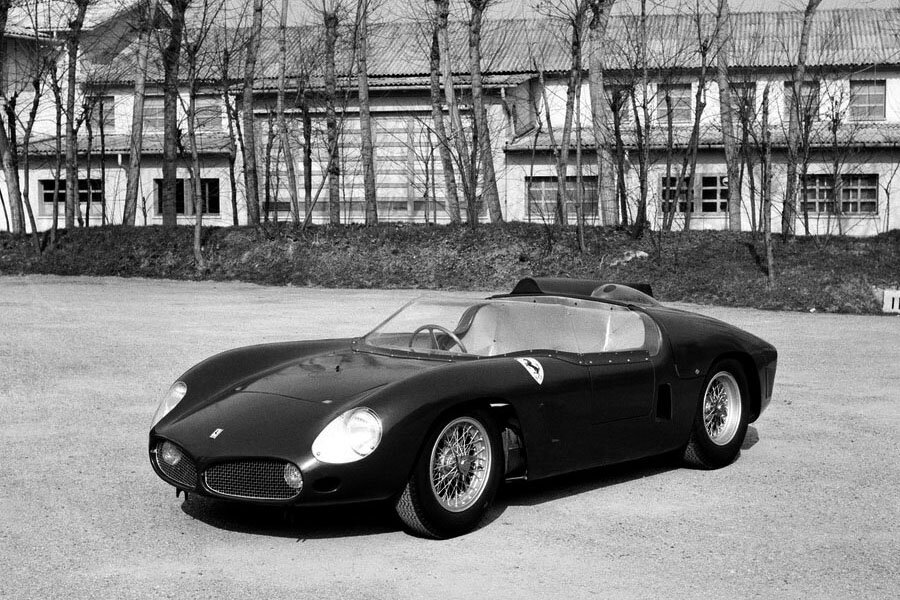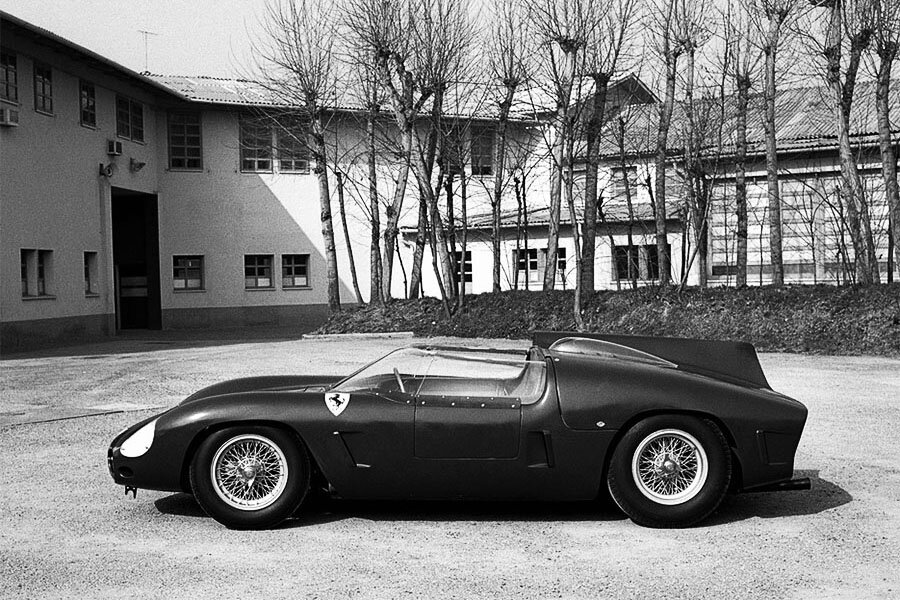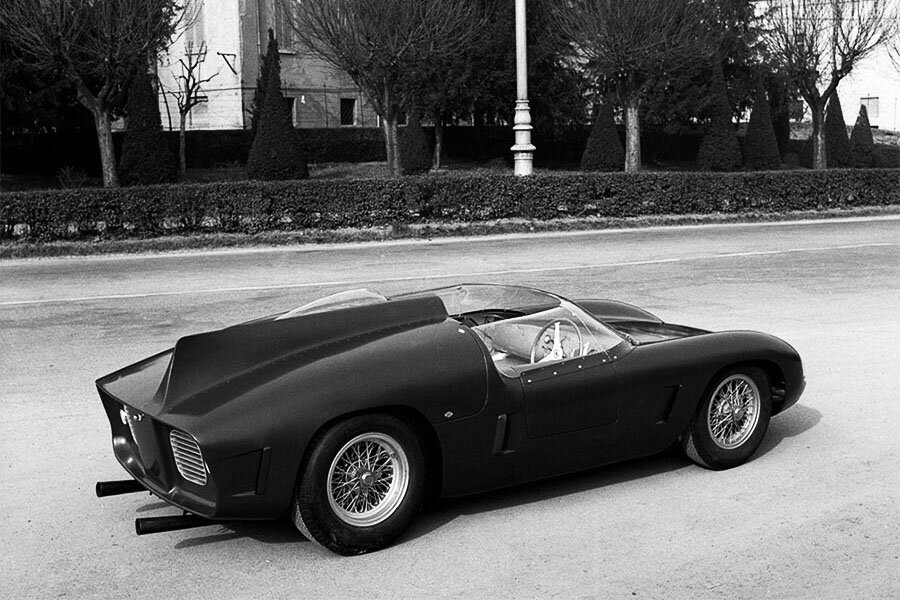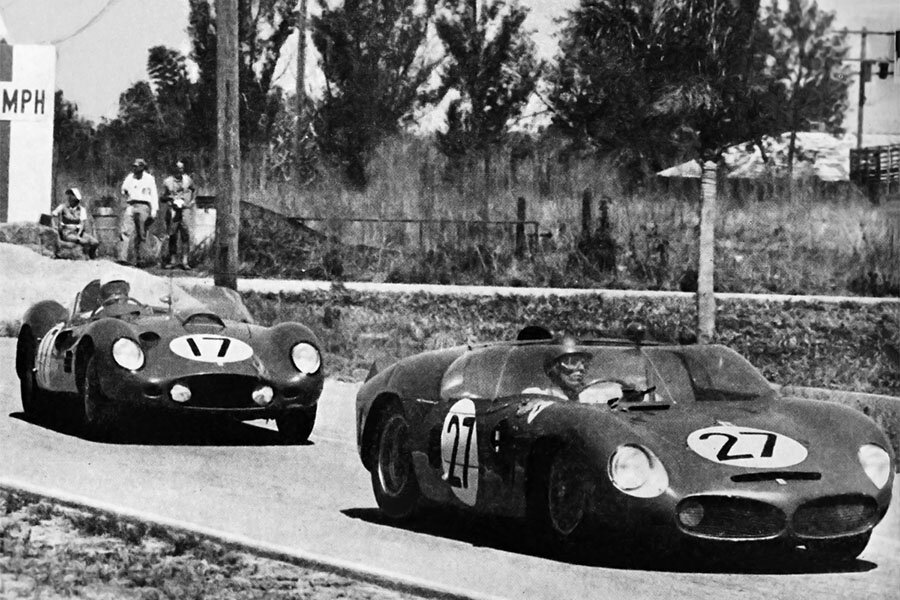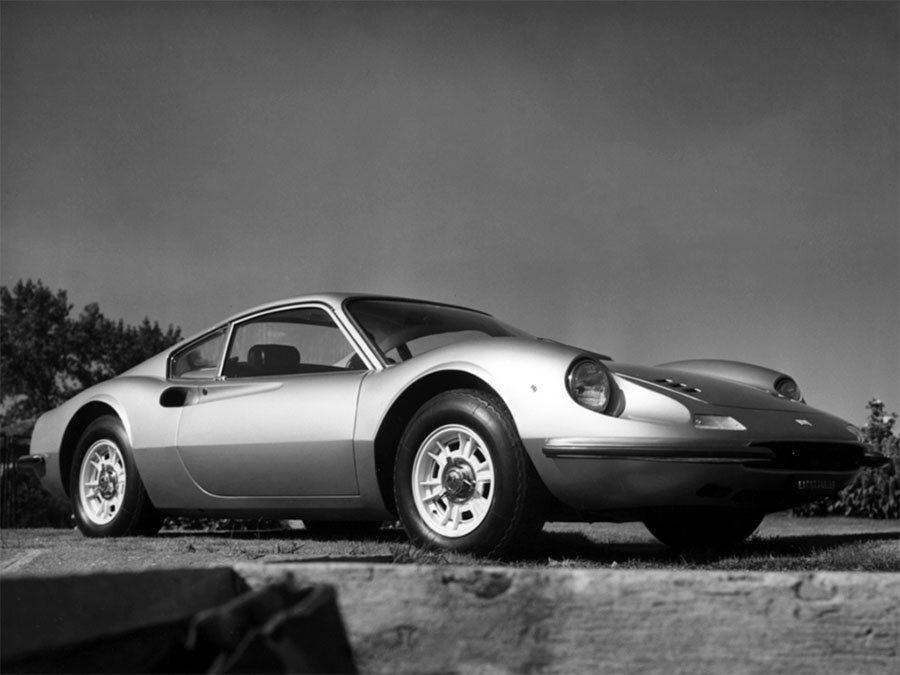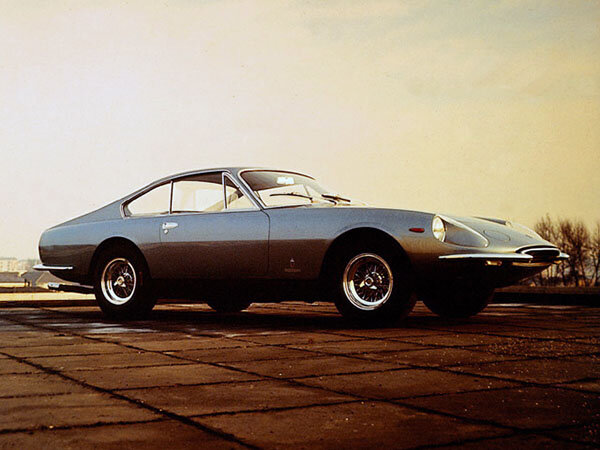VIN: the works / Bill Harrah Ferrari Dino 206 S chassis 0852 / 002
/HISTORY OF CHASSIS 0852 / 002
Chassis 0852 was a Dino 206 S Berlinetta initially reserved for use by Scuderia Ferrari.
It first appeared alongside three other Dinos at the model’s European debut: the 1966 Monza 1000km.
For this race, 0852 was equipped with a Lucas fuel-injected engine.
0852 was allocated to Lorenzo Bandini and Ludovico Scarfiotti. They qualified fifth overall and were fastest of the two-litre Prototypes in attendance.
Unfortunately, 0852 suffered a windscreen wiper failure right at the start; wet conditions meant it was forced into a first lap pit stop. A short time later, Bandini was back in as the pin had sheared on the replacement wiper drive.
Thereafter, the car went like the clappers. It ultimately recovered to finish tenth overall and fourth in class.
Two weeks later, 0852 was sent down to Sicily for the Targa Florio. By this time, it had been converted back to carburettors. Jean Guichet and Giancartlo Baghetti were down to drive.
On lap two of ten, the rain began to fall heavily. At this point, 0852 lay sixth overall.
Just passed mid-distance, the car had moved into fifth. When the works P3 and sister Dino retired on lap seven, 0852 was promoted to third. Guichet / Baghetti gained another position when one of the lead Porsches dropped out on lap eight.
After more than seven gruelling hours, the Dino came home second overall, eight-and-a-half minutes behind the winning Porsche 906. As the 906 was classified as a Sports car, 0852 claimed victory in the two-litre Prototype category.
Another two week gap followed before 0852 attended the Spa 1000km. For this event, it appeared in a red and blue colour scheme to reflect its status as a Maranello Concessionaires entry (Ferrari’s UK distributor).
Richard Attwood and Jean Guichet qualified twelfth overall, third quickest of the two-litre entries behind a pair of works Porsches.
Attwood ran seventh in the early stages. Guichet then moved into sixth shortly after taking over.
Attwood was back in for the final stint and brought 0852 home in fifth overall. On this occasion, the little Ferrari was the first two-litre car to finish.
At some time during the next couple of months, 0852 was renumbered 002 and sold to Bill Harrah. Harrah was a casino magnate from Reno, Nevada, and also Ferrari’s west coast distributor.
Under the banner of Harrah’s Modern Classic Motors, chassis 002 was shipped out to race at the Bahamas Speed Week.
It was entered for Pedro Rodriguez to drive in the Nassau Trophy.
Rodriguez went on to finish the 56 lap race seventh overall and first in class.
Chassis 002 only appeared once more in period. Charlie Kolb and John Fulp were entered for the 1967 Daytona 24 Hours. They qualified fastest of the two-litre entries in 15th. Unfortunately, they dropped out of the race while lying fifth at around 3am (the engine had seized solid out on the banking).
Thereafter, chassis 002 was retired from active duty.
Harrah then converted 002 to Spyder trim prior to selling it to Tom Carpenter in June 1970. Carpenter almost immediately sold the engine to Luigi Chinetti.
Car and engine were subsequently re-united in 1971 during the brief ownership of Ed Niles.
Chassis 002 remained in the US until departing for Europe in the early 1990s.
Notable History
Dino 206 S Berlinetta
Scuderia Ferrari, Maranello
Red livery
25/04/1966 WSC Monza 1000km (L. Bandini / L. Scarfiotti) 10th oa, 4th P2.0 class (#35)
08/05/1966 WSC Targa Florio (J. Guichet / G. Baghetti) 2nd oa, 1st P2.0 class (#196)
Red with Blue stripe (Maranello Concessionaires entry)
22/05/1966 WSC Spa 1000km (R. Attwood / J. Guichet) 6th oa, 1st P2.0 class (#12)
Red livery
Renumbered 002 and sold to Bill Harrah, Reno, Nevada (Harrah’s Modern Classic Motors)
04/12/1966 BSW Nassau Trophy (P. Rodriguez) 7th oa, 1st S2.0 class (#5)
05/02/1967 WSC Daytona 24 Hours (C. Kolb / J. Fulp) DNF (#34)
Text copyright: Supercar Nostalgia
Photo copyright: unattributed




















